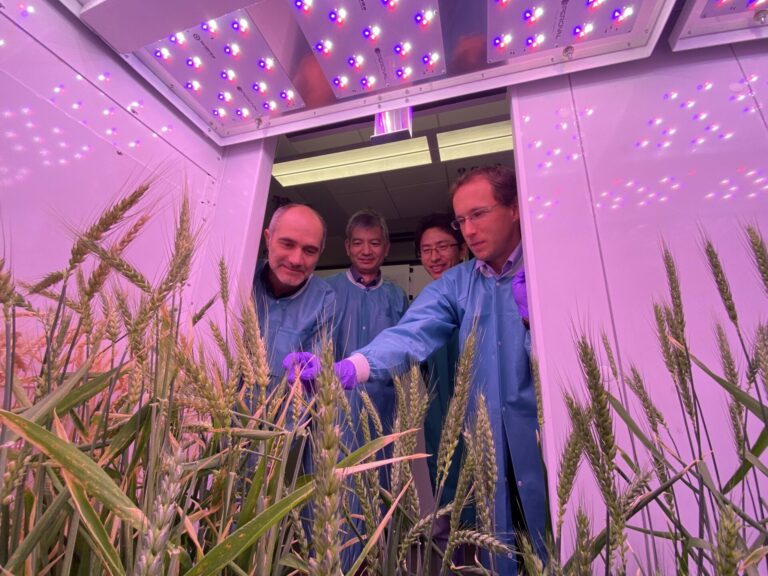
Plant Science
Uncovering new mechanisms for wheat rust resistance
Research highlights the emerging role of unusual kinase fusion proteins in wheat disease resistance.
Page 3 of 12

Plant Science
Research highlights the emerging role of unusual kinase fusion proteins in wheat disease resistance.
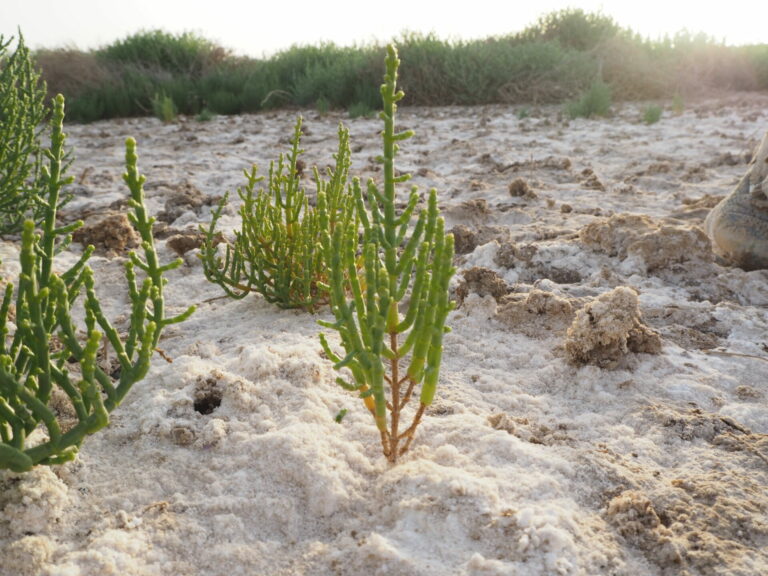
Bioscience
More effort is needed to bring salt-tolerant crops to the farmers who need them.
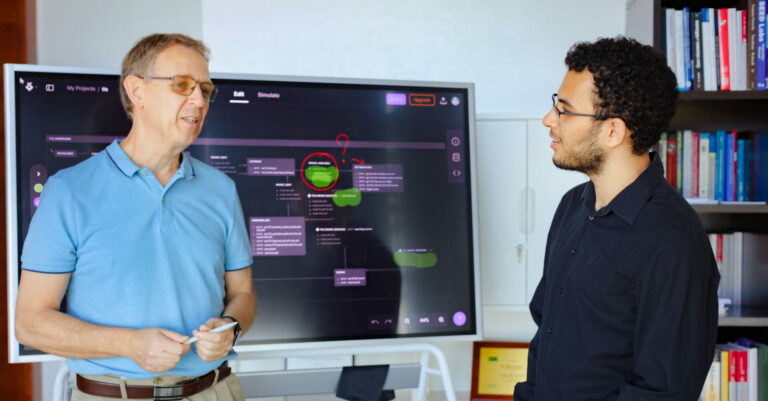
Computer Science
A new cybersecurity tool checks for weaknesses in the intermediary software components that act on internet traffic.

Computer Science
Scientists can speed up simulations of complex systems by using compression algorithms running on AI hardware.
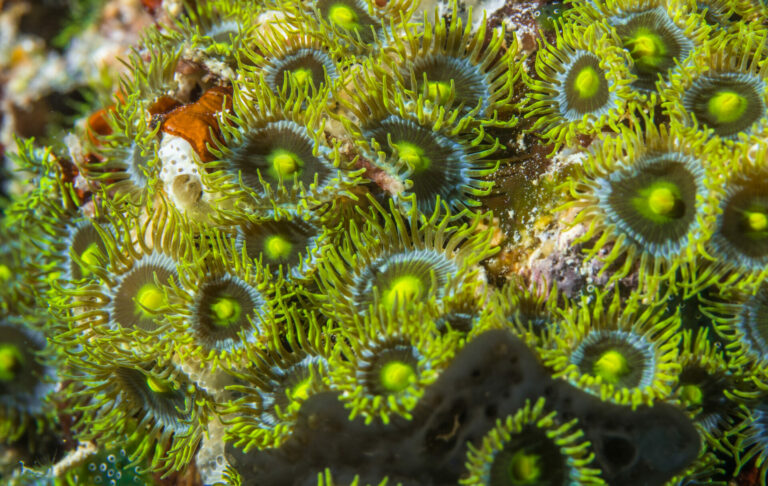
Marine Science
How a sea anemone uses its algal symbionts to assimilate nitrogen in nutrient-poor waters.
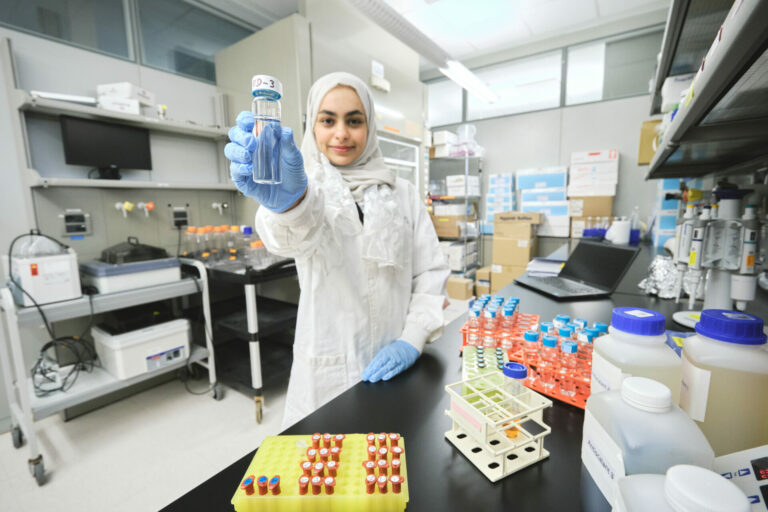
Chemistry
Treating seawater with selected chemicals before desalination could reduce biofouling and lengthen the lifespan of filtration membranes.

Bioscience
Biopharming technique yields cost-effective and environmentally friendly antimicrobial peptides.

Chemical Engineering
A venerable industrial method for making butadiene bounces back to prominence.
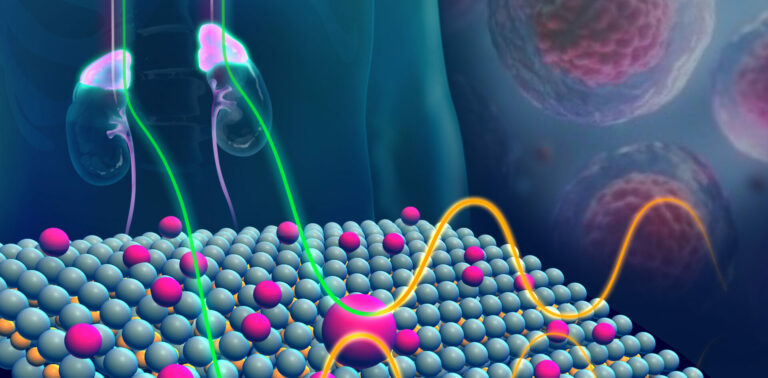
Material Science and Engineering
An electronic sensor based on individual atoms anchored to MXene nanomaterials can detect tumor-specific biomarkers.
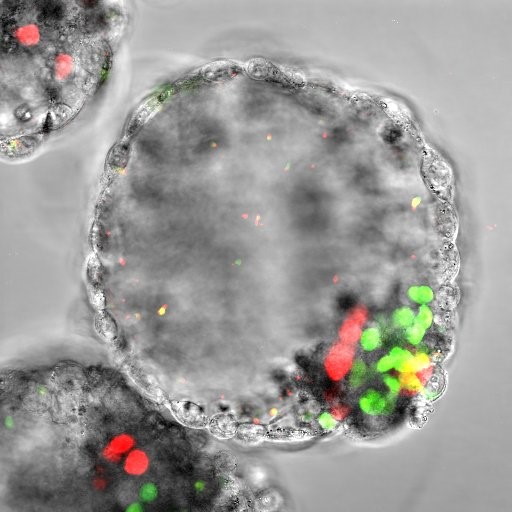
Bioscience
Pioneering single-cell sequencing technology sheds light on risk of mitochondrial genome editing and hidden mitochondrial mutations in human oocytes and synthetic embryos.
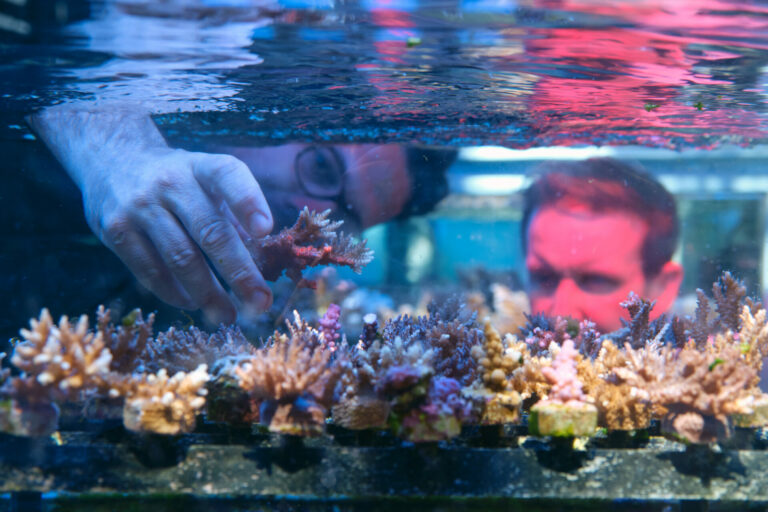
Marine Science
Minimalist art has inspired a set of tools to maximize coral restoration.

Electrical Engineering
Next-generation silicon chips based on spintronics could improve global cybersecurity.

Mechanical Engineering
A drop of water is completely removed from a surface when a deformable sphere falls on it.
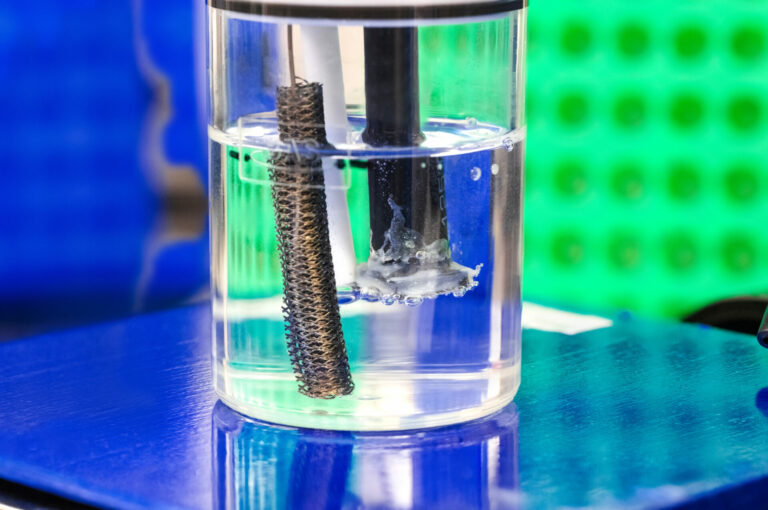
Environmental Science and Engineering
An electroactive bacterium generates well-defined nanosized metal catalysts with remarkable water-splitting performance.

Plant Science
Understanding the role of a key protein in plant immunity could inform the development of crops that are resistant to multiple pathogens.
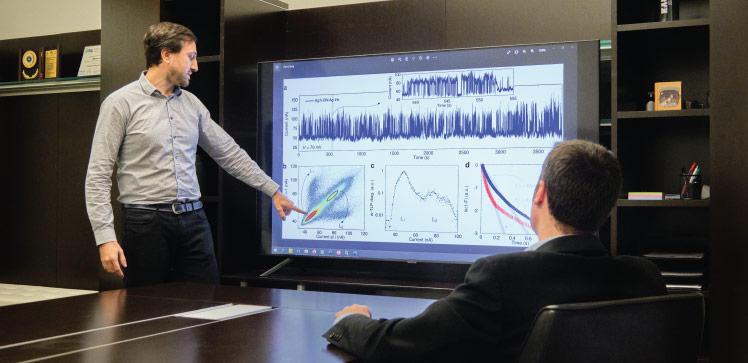
Material Science and Engineering
A microscale “memristor” with inkjet-printed electrodes offers an energy efficient and stable true random number generator for cryptography applications.

Energy Resources and Petroleum Engineering
Modeling of the Red Sea’s underlying geological structure confirms that it is a fully developed ocean.

Electrical Engineering
A simple modification of a semiconductor laser's shape can improve the quality of its beam.
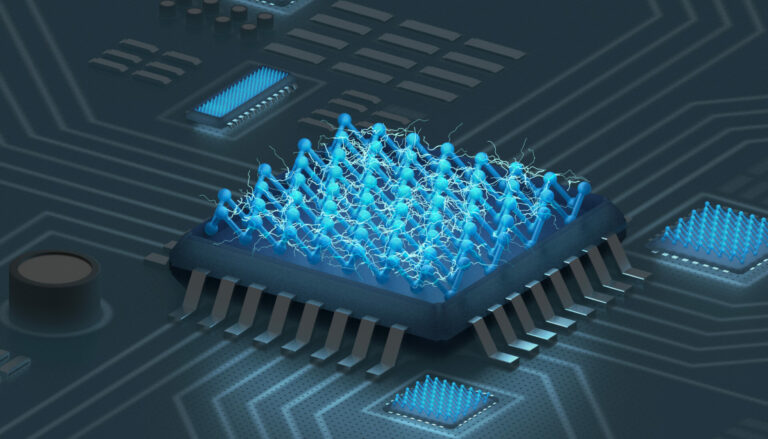
Applied Physics
Ultrathin phosphorus semiconductors that become metallic when stacked can tackle resistance issues and boost transistor performance.
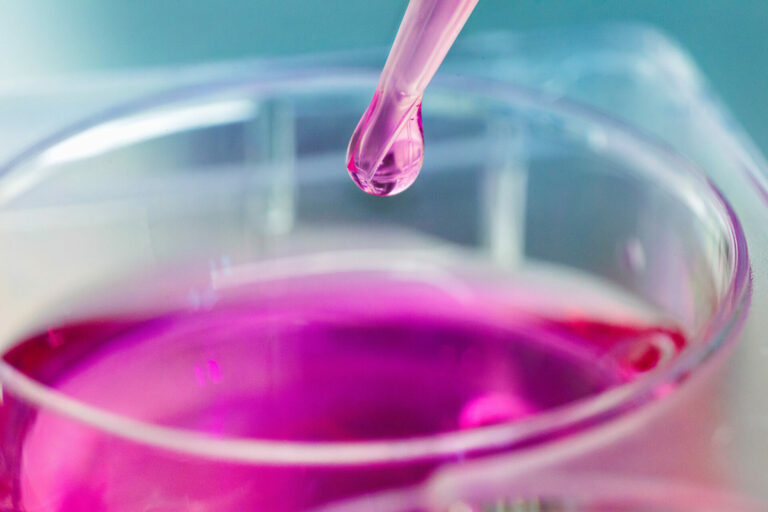
Bioscience
A newly found protein complex plays a vital role in RNA protection and stability during its journey between DNA and the cell’s protein factory.

Statistics
A competition on spatial statistics showcases the global state of the art in analyzing vast spatial datasets.
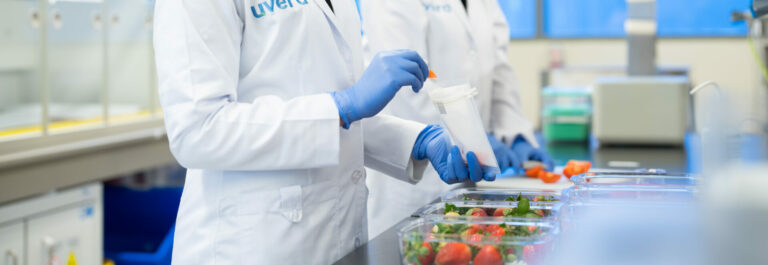
Electrical Engineering
Combining UV sterilization with vacuum sealing significantly extends the shelf-life of a variety of foods.

Bioscience
Evolution of lactate-mediated nerve signaling probably enabled memory systems, a comparative gene study shows.

Chemistry
MOF-based soil moisture monitoring device a step toward precision irrigation.
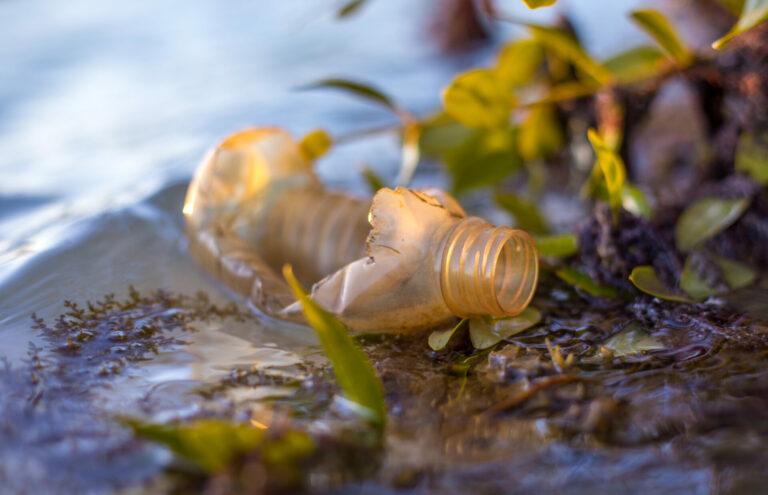
Environmental Science and Engineering
Plant-derived biosolvents enable the sustainable conversion of plastic waste into valuable membrane materials.
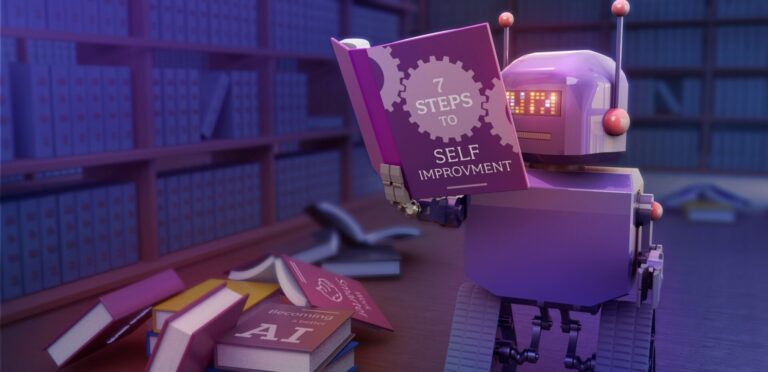
Computer Science
A neural network that can learn its own learning algorithm opens the door to self-improving artificial intelligence.

Statistics
A new disease model that can account for contact patterns between age groups shows how infectious diseases evolve in space and time and how to predict future case numbers across a region.
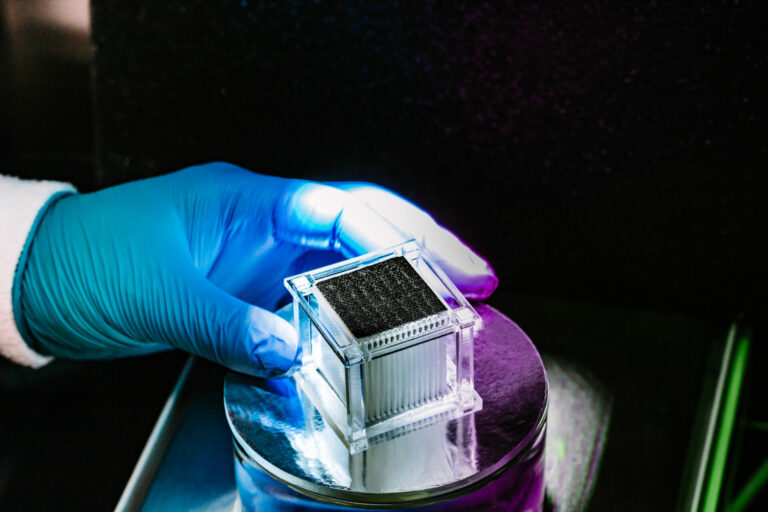
Material Science and Engineering
Salt-rejecting microchannels make it easier to turn seawater drinkable using the power of the sun.
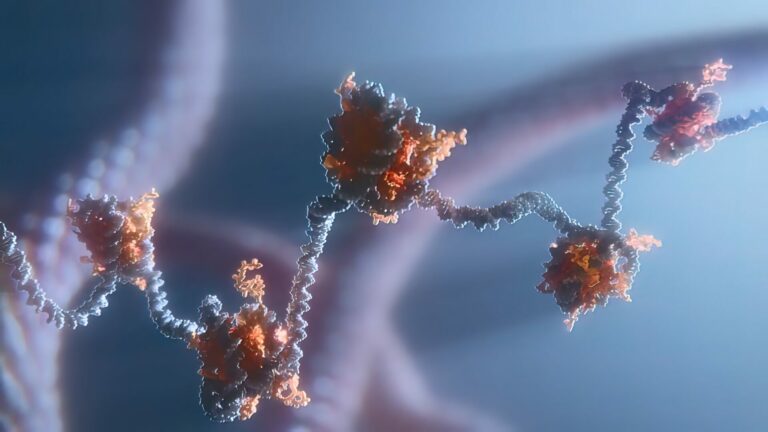
Bioscience
Structural biology study reveals dynamics of DNA ligation during genome replication.

Material Science and Engineering
The image of an object that is obscured when the light passes through a scattering material can be recovered in real time.
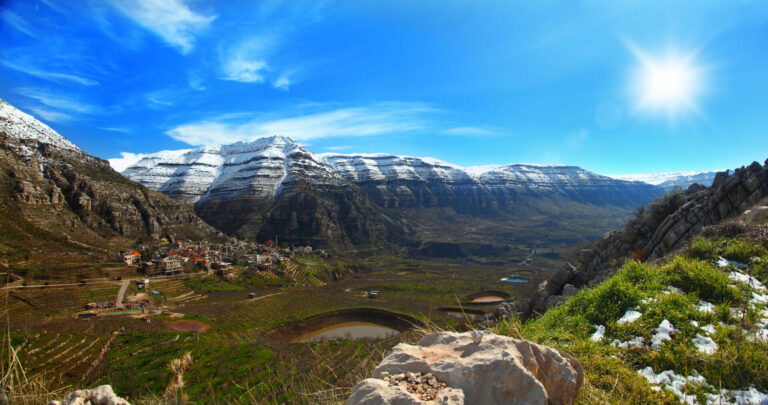
Energy Resources and Petroleum Engineering
Detailed 3D simulations of the Lebanon Restraining Bend will enhance understanding of fault structures and associated seismic activity.
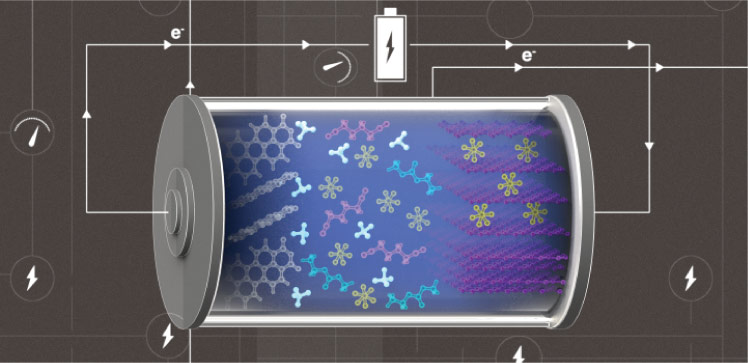
Material Science and Engineering
Ammonium-ion electrolytes could help create ecofriendly and sustainable alternatives to lithium-ion batteries, particularly for grid storage.

Material Science and Engineering
Screens fabricated from organic materials show promise for improved X-ray imaging for medical and security settings.

Energy Resources and Petroleum Engineering
A novel modeling technique provides valuable insights into the maturation of oil and gas in the Tuwaiq Mountain shale formation.

Material Science and Engineering
Wirelessly powered large-area electronics could enable a cheaper and greener internet of things.

Mechanical Engineering
Using ammonia as a hydrogen-rich energy source requires technology that can spot pollutants in flames.

Material Science and Engineering
Rechargeable batteries to benefit from the development of lithium-loving foams.
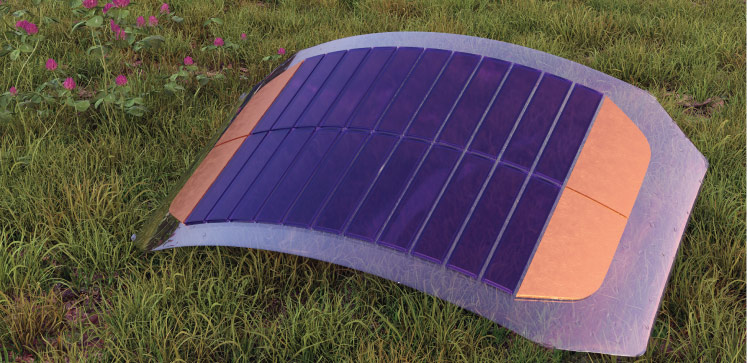
Material Science and Engineering
Environmentally friendly renewable biosolvents could help clean up the manufacture of solar panels.
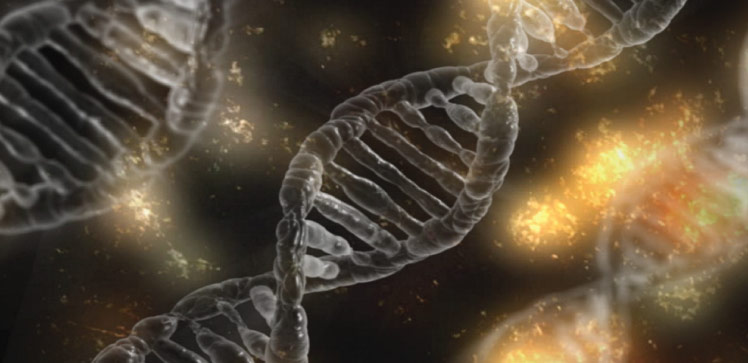
Bioscience
Textbook model of lagging-strand synthesis may be too simplistic for human DNA.
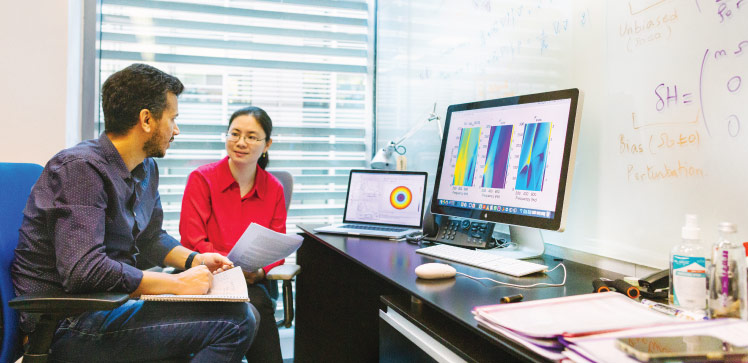
Applied Mathematics and Computational Sciences
Insight into the spinning-induced scattering of sound could help create next-generation acoustic devices using new phonon modes.
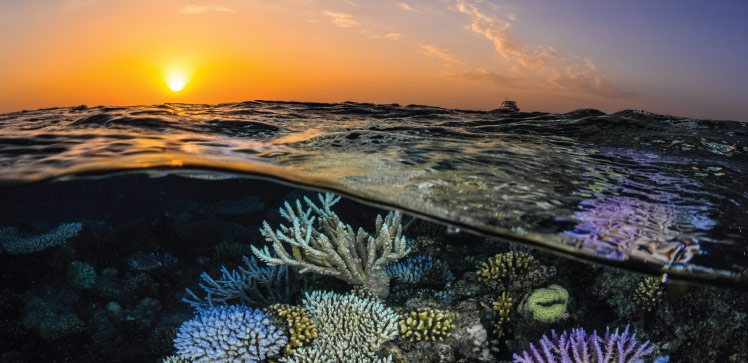
Marine Science
While corals die out worldwide, resistant reefs in the northern Red Sea could endure a dire global warming scenario.
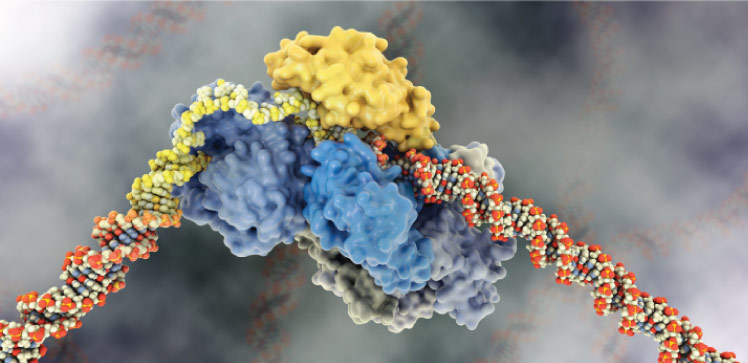
Bioscience
Better understanding of the mechanisms involved in DNA repair may pave the way for developing inhibitors to improve the effectiveness of radiation therapy.

Earth Science and Engineering
Computer simulations show how nitrogen injections can help flush oil from underground storage.
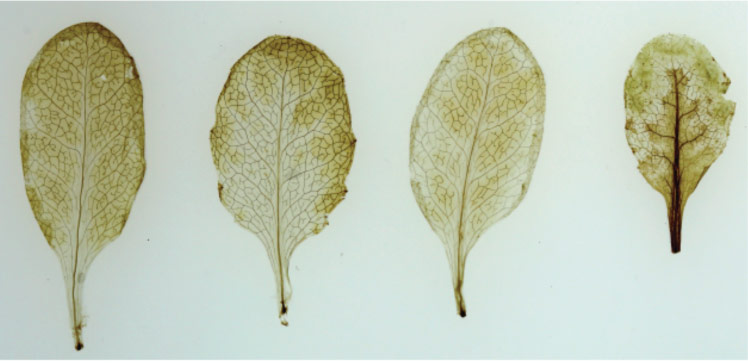
Plant Science
Stress-response protein promotes the accumulation of metabolites that help anti-pathogen defenses.

Material Science and Engineering
Compliant and conductive carbon nanomaterial could be the perfect fit for on-skin electronics.
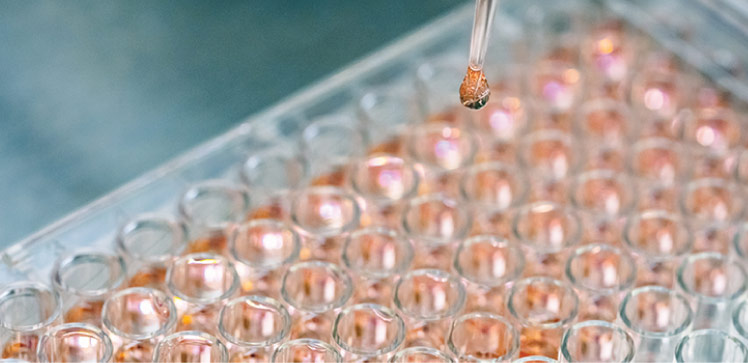
Marine Science
Laboratory parameters maintained at physiologically relevant levels allow for more robust experiments with human cells.
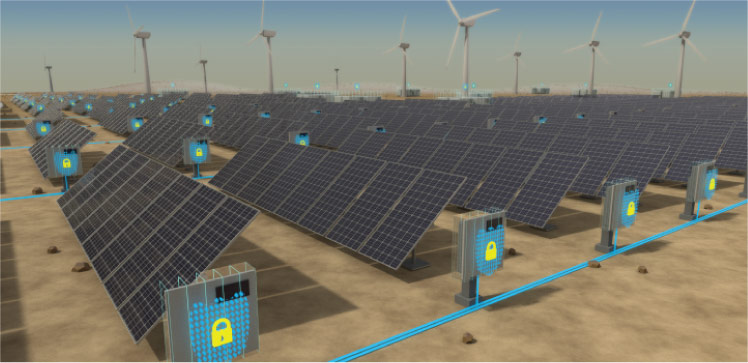
Computer Science
An inexpensive piece of hardware integrated with solar panel controllers can protect isolated power networks from cyberattacks.

Bioscience
Studying the molecular motion of proteins reveals previously unseen binding sites that could be targeted by new drug candidate molecules.
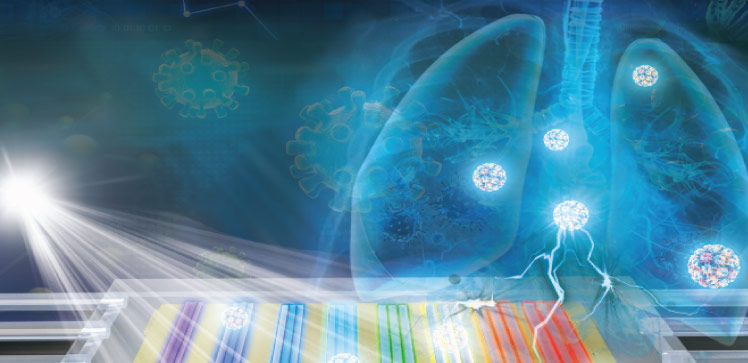
Material Science and Engineering
Nanostructured surfaces enable lab-on-a-chip lung cancer diagnosis.

Computer Science
Advanced electronic components based on spintronic concepts could add additional protection to smart devices.
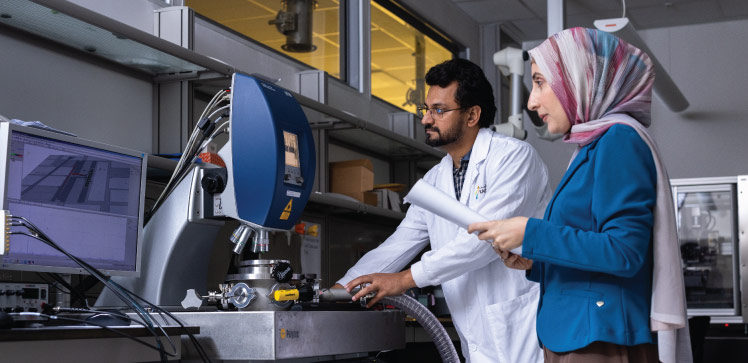
Mechanical Engineering
Resonating silicon microbeams sense temperature shifts induced by airborne molecules.

Statistics
An asymmetric statistical model provides a better fit for imbalanced data with rare "positives," such as longitudinal health datasets.

Statistics
A deep-learning technique could offer accurate large-scale predictions in the field of geospatial statistics.
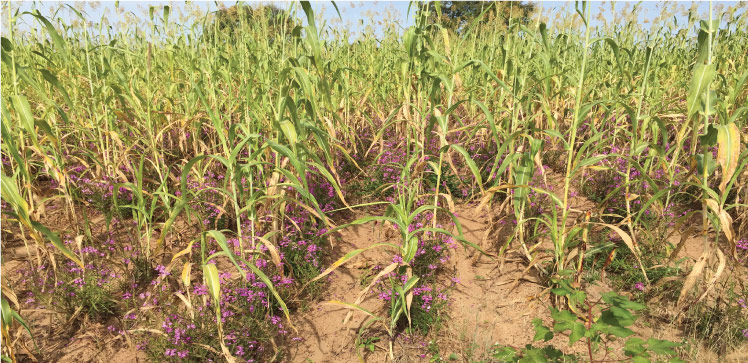
Plant Science
Crop resistance to a significant parasitic plant could be increased through gene editing or chemical treatment.
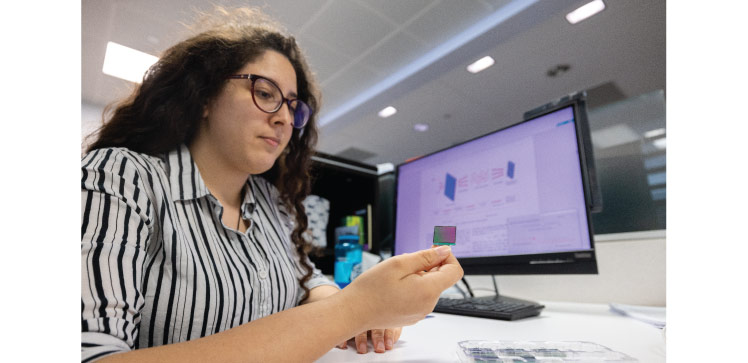
Computer Science
Smart windows that can polarize sunlight could offer a low energy alternative to Wi-Fi.

Chemical Engineering
Machine learning could fast-track the formulation of tailor-made mixtures, including “greener” fuels.

Chemistry
Clean hydrogen fuel is easier to produce from seawater with stable hierarchical electrocatalysts.
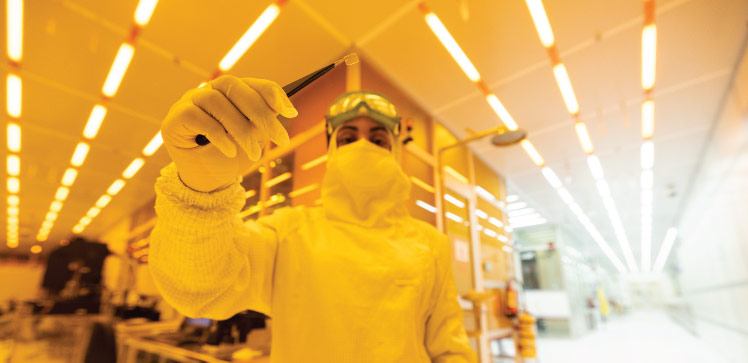
Electrical Engineering
A flat all-dielectric reflector metalens design could benefit optical imaging, manipulation and communications.
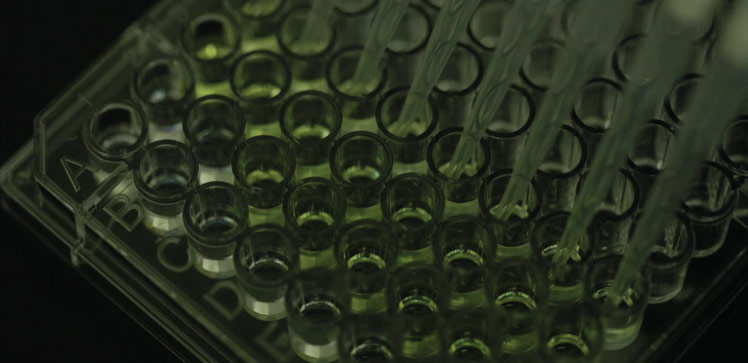
Bioscience
An enzyme from a Red Sea bacterium suppresses the formation of a slimy biofilm that helps propagate hospital-acquired infections.
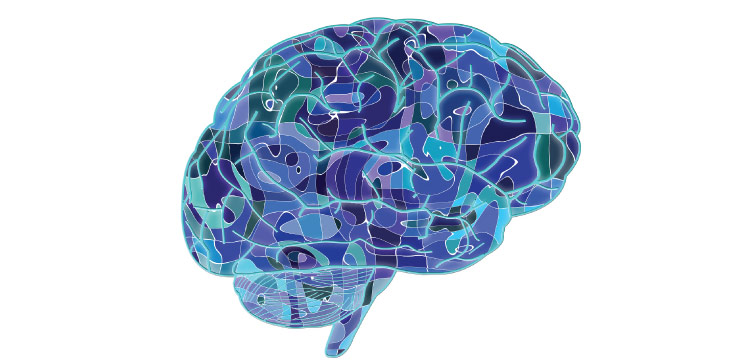
Bioscience
Revealing zinc’s interaction with a critical transport protein underscores the need to study biological pathways under physiologically relevant conditions.
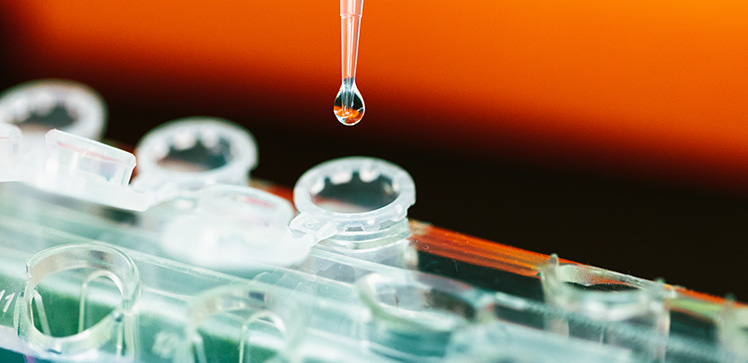
Bioscience
Elaborate interaction discovered between epigenetic regulatory protein and its activating lipid partner.
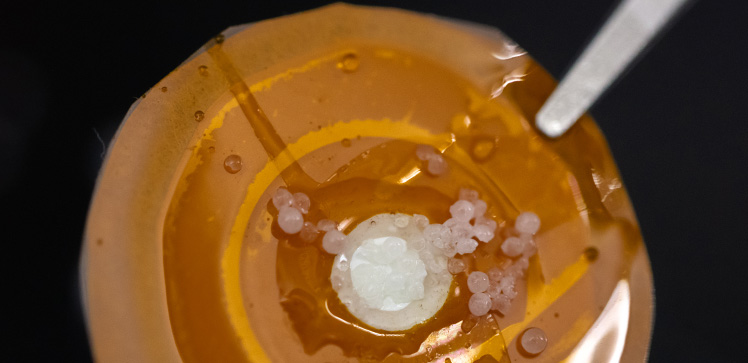
Chemistry
Ultrathin carbon membranes made from ordered polymer materials yield salt-free water quickly.
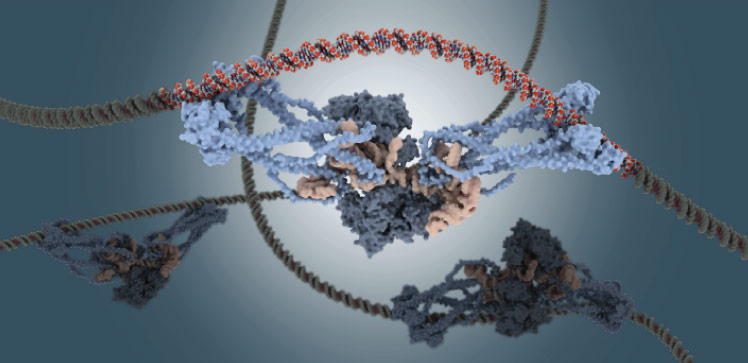
Bioscience
Blocking the overexpression of specific repeat RNA sequences could prove promising for the treatment of premature aging syndromes.
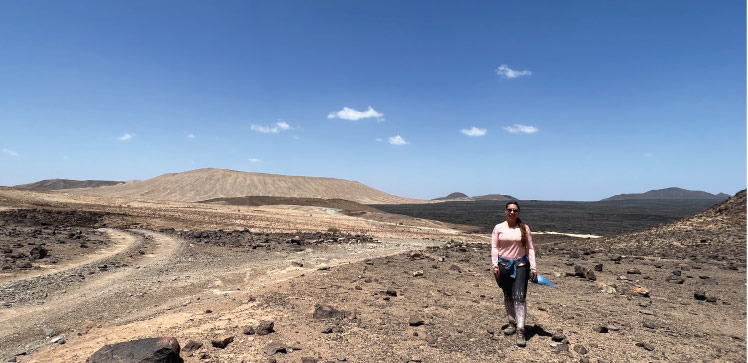
Bioscience
Heat-loving bacteria from an Antarctic volcano could help degrade and clean up oil in the world’s coldest continent and beyond.
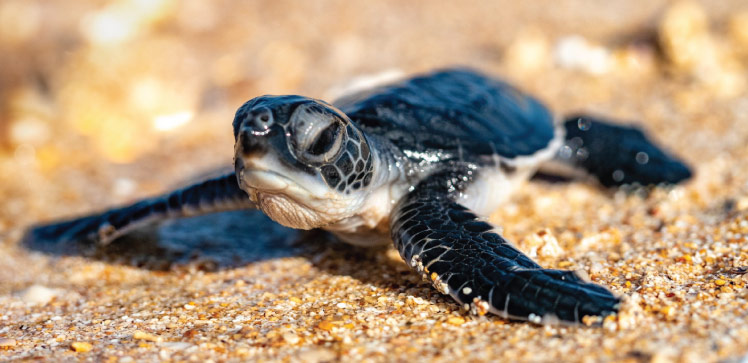
Marine Science
Sea turtles nesting along Saudi Arabia’s Red Sea coastline highlight the need for emerging megacities to protect marine habitats.
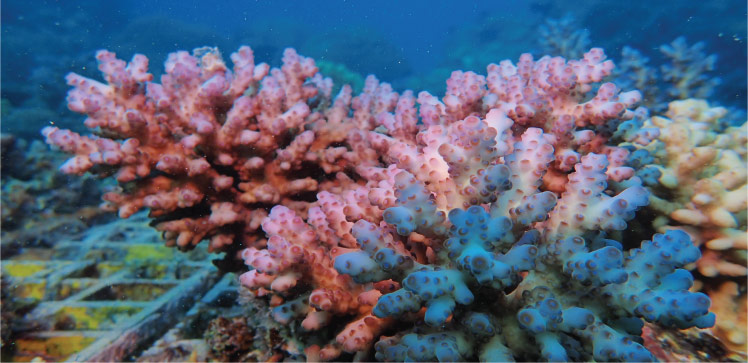
Bioscience
The generation of a high-quality genome from a coral specimen reveals an alternative pathway for cysteine biosynthesis in animals and cautions against overreliance on model organisms.

Earth Science and Engineering
Modeling air quality over the Arabian Peninsula reveals that pollution from anthropogenic sources is contributing to health risks and climate change.
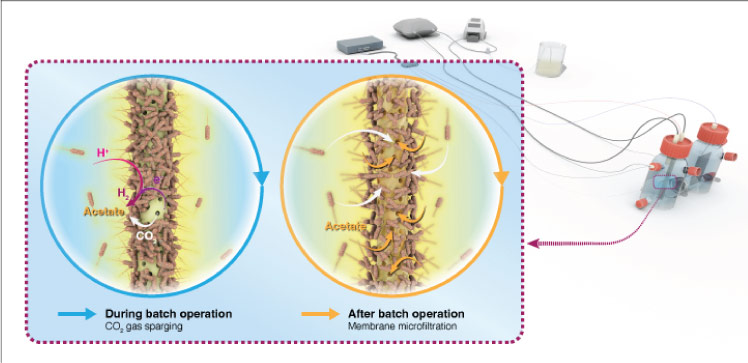
Environmental Science and Engineering
Multifunctional porous conductive membranes help microbes eat their way to a faster carbon dioxide conversion.
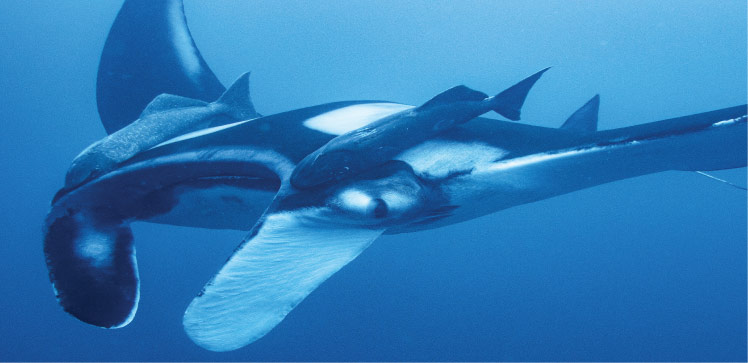
Marine Science
A citizen science project uncovers new details about the lives of oceanic manta rays in the Red Sea, including a possible nursery site.

Material Science and Engineering
Precisely determining the energy levels of different solar materials leads to high performance devices.

Earth Science and Engineering
Seasonal phytoplankton blooms in the Al-Wajh lagoon differ from those in the adjacent Red Sea due to regional water dynamics and nutrient availability.
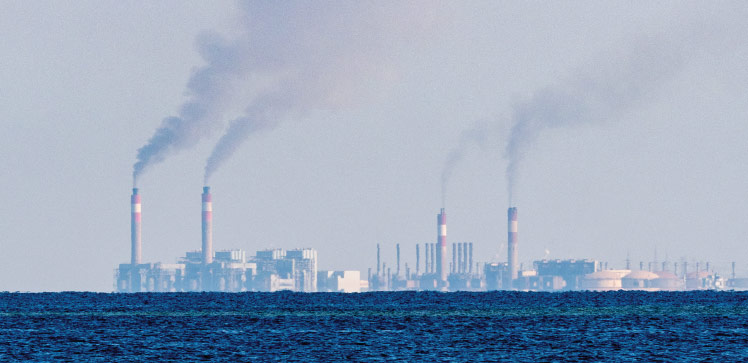
Statistics
How pollutants disperse in the atmosphere can be modeled more reliably using a physically based geostatistical framework.

Plant Science
A highly efficient enzyme combined with a multigene engineering approach offers potential for sustainable production of water-soluble pigments in plant tissues.
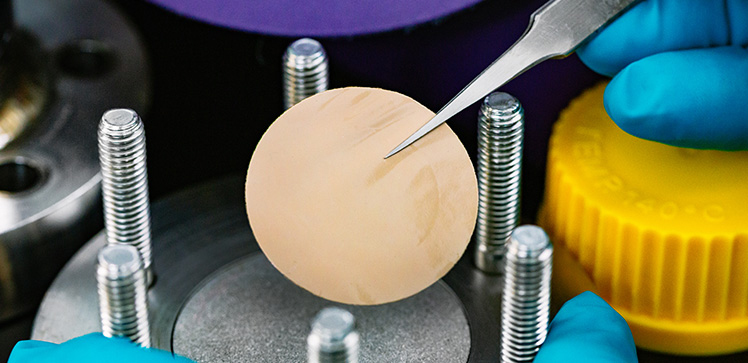
Environmental Science and Engineering
Polymer-based membranes that selectively separate hydrocarbon and crude oil mixtures could eclipse current industrial thermal processes.

Material Science and Engineering
Pulses from an atom-sharp tip enable researchers to break and form chemical bonds at will.
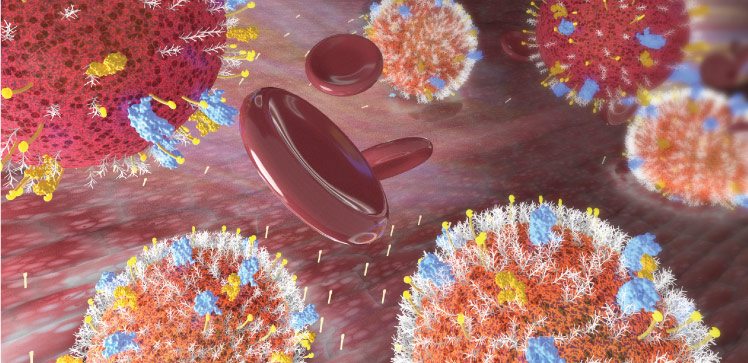
Bioscience
Enhancement of adhesion molecules improves the ability of blood-forming stem cells to take root in transplant recipients.

Material Science and Engineering
A simple reordering of the layers in solar-cell modules can help improve efficiency.

Chemical Engineering
Heat treatment shrinks polymer’s pores to enhance solvent filtration.
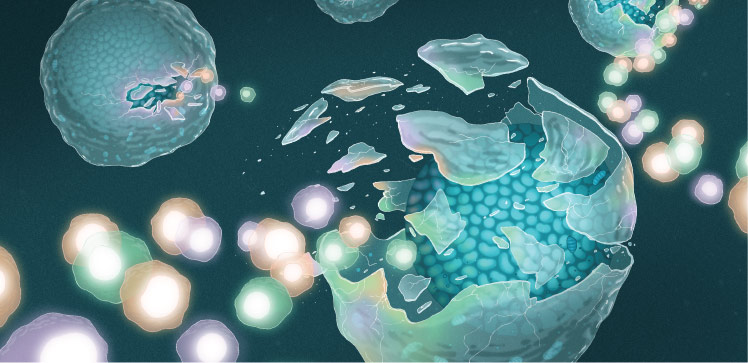
Bioscience
Deep molecular analysis of the bone marrow microenvironment reveals that the cells regulating blood stem cell maintenance are more diverse than expected and have features likely to be conserved between species.

Earth Science and Engineering
A comprehensive study suggests the Arabian plate is geologically stable and capable of withstanding long-term forces from surrounding tectonic activity.
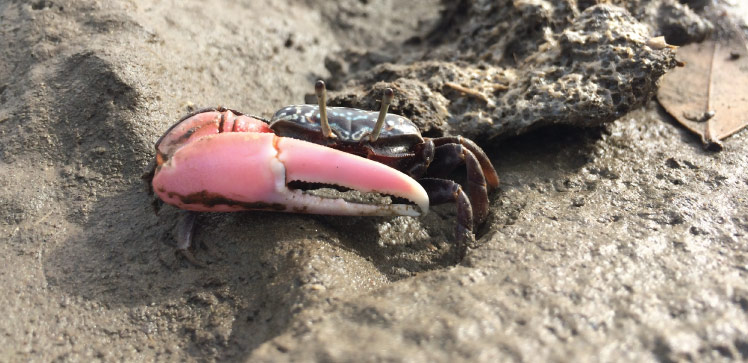
Bioscience
Fiddler crabs and other burrowing creatures could support the future of nutrient-deficient soils of dried-up mangroves.

Electrical Engineering
Fabricating intricate optical structures onto the tip of an optical fiber creates a new source of special light beams.
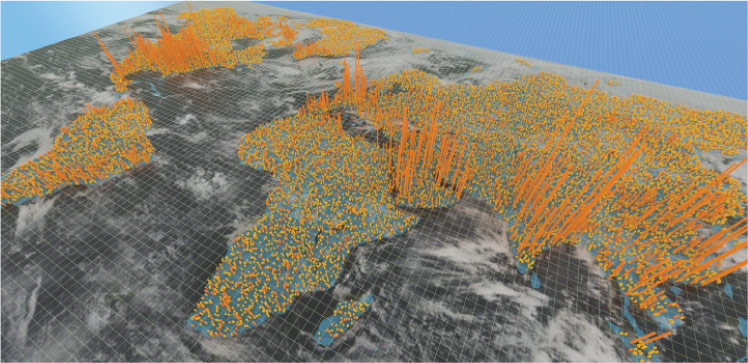
Statistics
A faster and more statistically accurate modeling scheme enables better prediction of climate and environmental conditions at very large scales.

Chemistry
Nanomaterials offer a way to get many electrical charges from each photon absorbed by a solar cell.
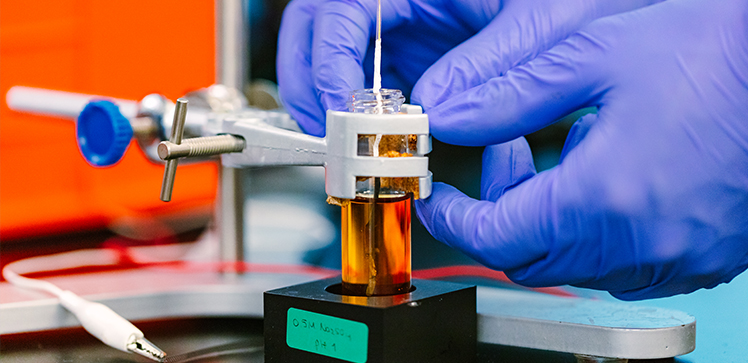
Chemistry
A transition metal catalyst discovery could help to establish renewably generated electricity at the heart of a clean chemicals industry.
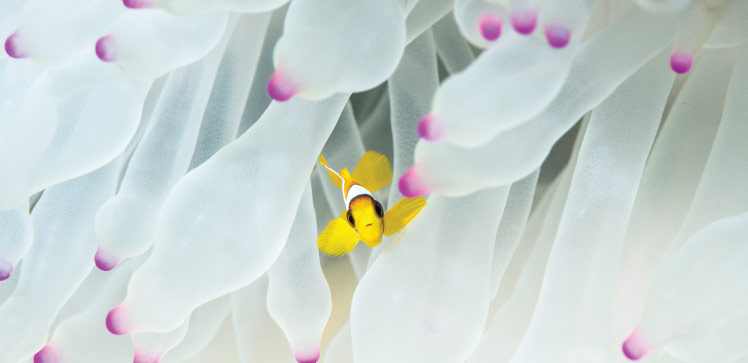
Marine Science
Time is running out, say researchers who are proposing a framework to guide the safe use of microbes to restore global biodiversity loss.
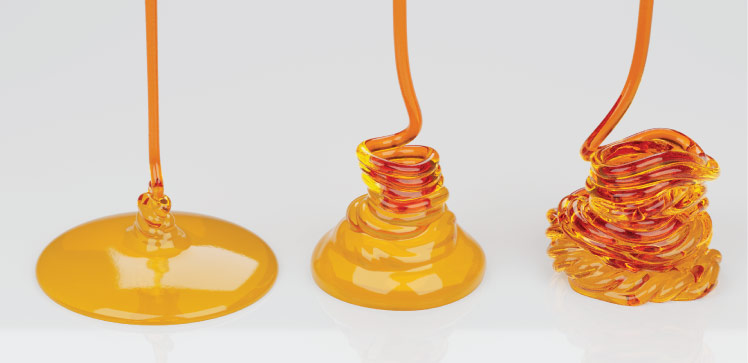
Computer Science
A combination of efficient math and parallel computation accelerates the modeling of viscous liquid flow.

Material Science and Engineering
An extra metal fluoride layer facilitates charge separation and boosts performance in perovskite–silicon tandem solar cells.
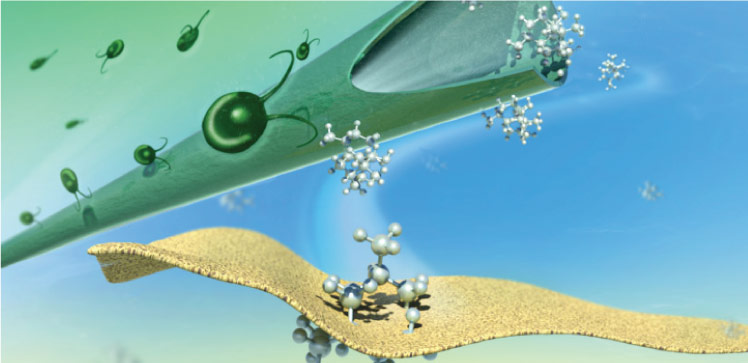
Bioengineering
Selective membranes allow harvesting and concentration of valuable molecules from cultured microbes.
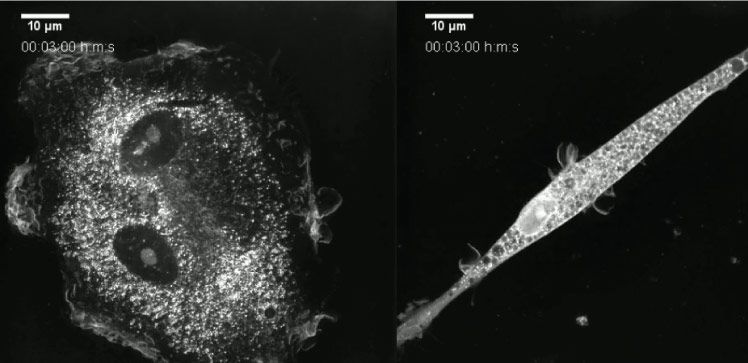
Bioscience
Abnormal protein tied to Wiskott-Aldrich syndrome found to control gene splicing.
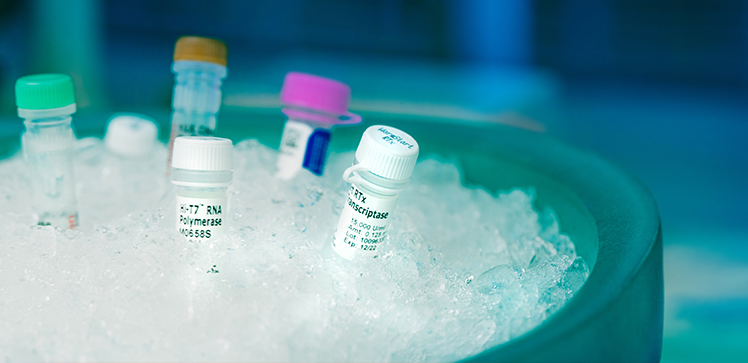
Bioengineering
A newly identified heat-stable Cas13 enzyme could lead to improved diagnostics and new biotechnological applications.
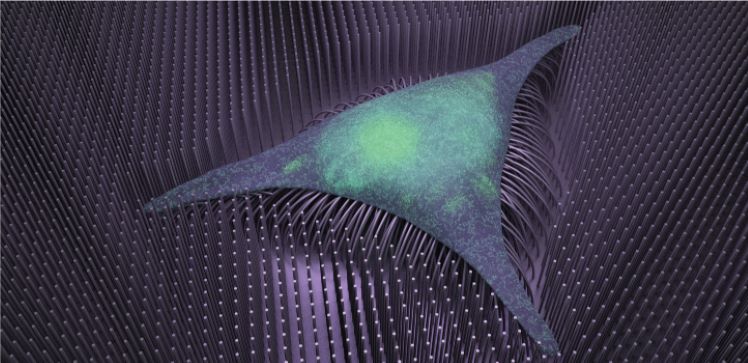
Bioscience
Nanotechnology that accelerates the transition of stem cells into bone could advance regenerative medicine.

Chemistry
Porous MOFs enable simple molecular separations based on mismatches in physical profiles.
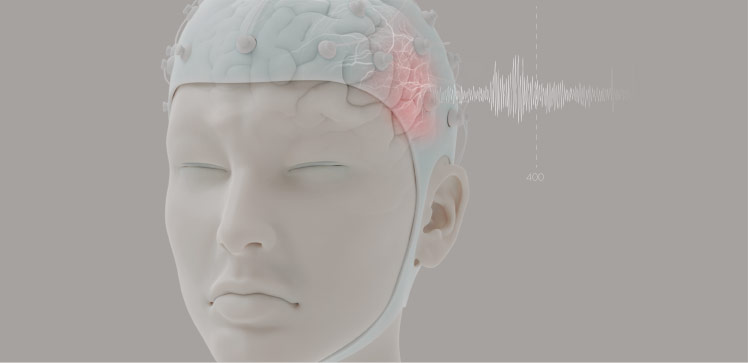
Statistics
The statistics of extreme events helps to better understand epileptic seizures.
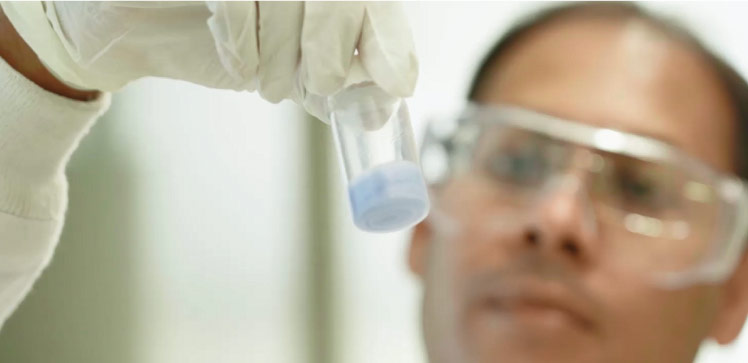
Chemistry
Porous nanosheets combined with polymers can remove contaminants from methane.
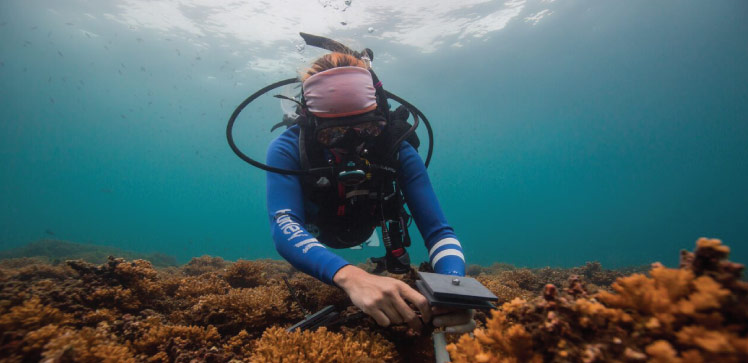
Marine Science
A standardized method for monitoring the condition of coral reefs could strengthen global efforts to manage vulnerable marine habitats.
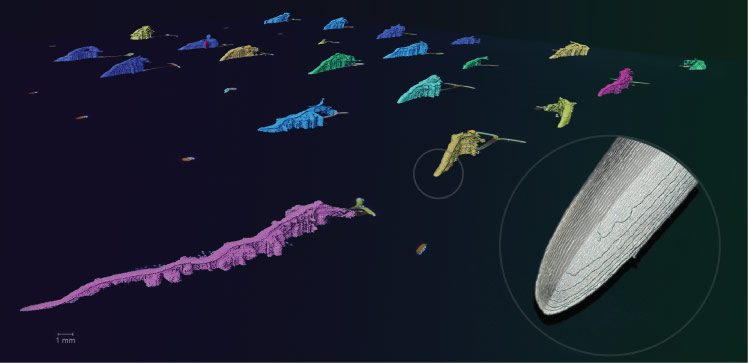
Plant Science
An AI-powered imaging system called MutipleXLab provides rapid automated phenotyping of seed germination and root growth that will help select plants that grow well.

Chemistry
Built-in heterojunctions enhance the ability of nanoparticle photocatalysts to produce hydrogen fuel from water.
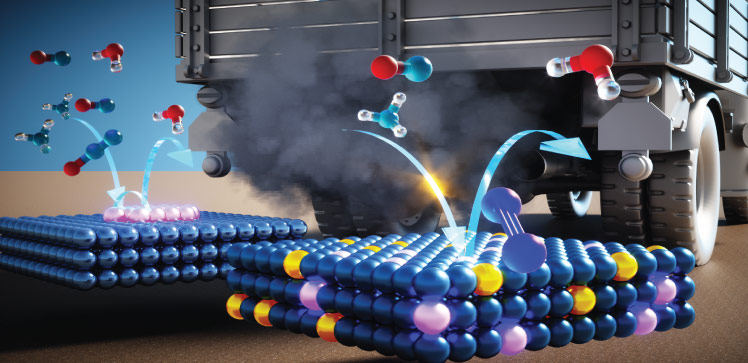
Chemical Engineering
Systematic study resolves a debate on the best combination of metals to catalytically clean NOx from vehicle emissions.

Computer Science
Teaching AI to capture the full spectrum of human emotions when annotating artwork.